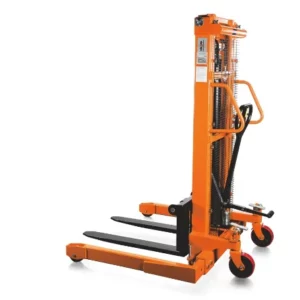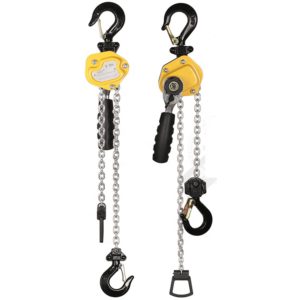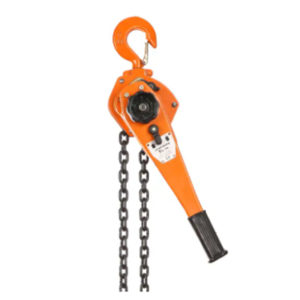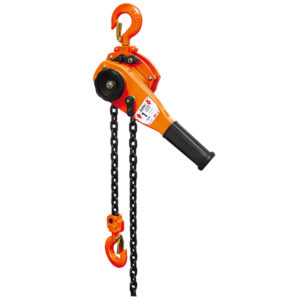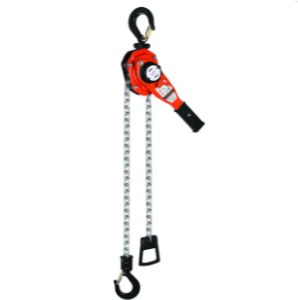Lever Block
Showing all 6 results
-
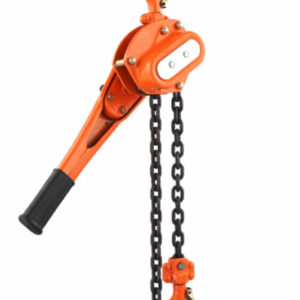
Best Selling 1.5 Ton 3 Ton Lever Hoist G80 Alloy Load Chain Manual Chain Lever Block 10 Ton
-

Hand Pump Operated Lift Truck Ton Manual Stacker Forklift for Sale
-

Heavy Duty Lever Hoist 0.75Ton-9Ton
-

High -Quality 500kg 1t 3 Ton 5ton 6ton 7 Ton 10ton 15ton 20ton 0.5t Lever Block
-

High Quality And Low Headroom VT Type Lever Hoist
-

Hoisting Equipment 2t Lift Lever Chain Block Lifter
